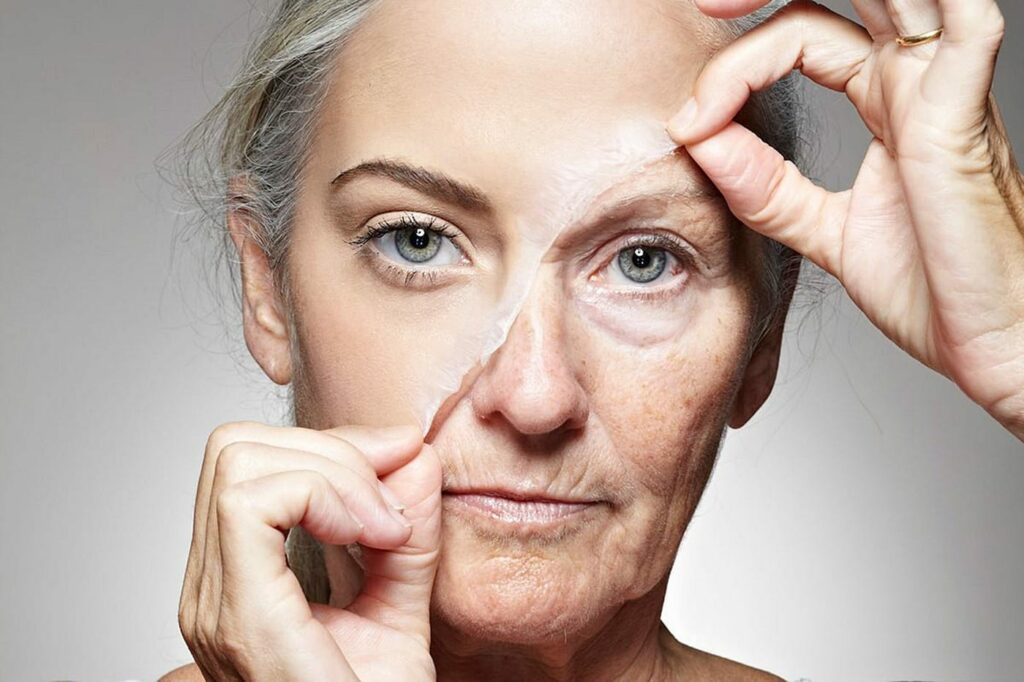Don’t Forget the Aging Signs on Your Body: A Comprehensive Guide
As we journey through life, our bodies undergo a natural process of aging, marked by a myriad of physical changes that reflect the passage of time. From wrinkles and gray hair to joint stiffness and diminished vision, these signs of aging serve as reminders of the wisdom and experience accumulated over the years. In this comprehensive guide, we’ll explore the aging signs that manifest on our bodies, their underlying causes, and strategies for embracing and managing the aging process with grace and resilience.
Understanding the Aging Process
Aging is a complex biological process characterized by a gradual decline in physiological function and an increased susceptibility to age-related diseases and conditions. While the exact mechanisms of aging are still not fully understood, several key factors contribute to the aging process, including genetic predisposition, environmental influences, lifestyle choices, and metabolic changes. Over time, cells accumulate damage from oxidative stress, inflammation, and other factors, leading to a decline in cellular function and the onset of age-related conditions.
Signs of Aging on the Body
One of the most visible signs of aging is the changes that occur in the skin. As we age, the skin gradually loses its elasticity and firmness, leading to the formation of fine lines, wrinkles, and sagging. Additionally, factors such as sun exposure, smoking, and poor skincare habits can accelerate the aging process and contribute to the development of age spots, uneven skin tone, and textural changes. Embracing a skincare routine that includes sunscreen, moisturizers, and anti-aging ingredients such as retinoids and antioxidants can help minimize the visible signs of aging and promote healthy, radiant skin.

Aging manifests in a variety of ways on the body, each reflecting the cumulative effects of time and wear. Some common signs of aging include:
Wrinkles and Fine Lines
As the skin loses elasticity and collagen with age, wrinkles and fine lines begin to form, particularly in areas exposed to the sun, such as the face, neck, and hands.
Gray Hair
The gradual loss of pigment-producing cells in the hair follicles leads to the appearance of gray or white hair, signaling the aging of the hair follicles.
Sagging Skin
Reduced collagen and elastin production result in sagging skin and loss of firmness, contributing to a less youthful appearance.
Joint Stiffness
Cartilage breakdown and decreased synovial fluid production can lead to joint stiffness, pain, and reduced mobility, particularly in weight-bearing joints such as the knees and hips.
Muscle Loss
Age-related muscle loss, known as sarcopenia, leads to decreased muscle mass, strength, and function, affecting mobility and overall physical performance.
Reduced Bone Density
Loss of bone density and strength, known as osteopenia and osteoporosis, increases the risk of fractures and bone-related injuries, particularly in older adults.
Vision Changes
Aging can affect various structures of the eye, leading to changes in vision such as presbyopia (difficulty focusing on close objects), cataracts, and age-related macular degeneration.
Hearing Loss
Degeneration of the inner ear structures and nerve pathways can result in age-related hearing loss, affecting the ability to hear high-frequency sounds and understand speech.
Thinning Skin
The outer layer of the skin (epidermis) thins with age, making it more susceptible to injury and slower to heal, while the underlying fat layer (subcutaneous tissue) also decreases, leading to a more fragile appearance.
Memory Decline
Aging can impact cognitive function, leading to changes in memory, attention, and processing speed, particularly in older adults.
Embracing and Managing Aging
While the signs of aging on the body may be inevitable, how we approach and manage the aging process can significantly impact our overall well-being and quality of life. Embracing aging with a positive attitude, resilience, and self-compassion can help cultivate a sense of acceptance and appreciation for the wisdom and experiences that come with age. Additionally, adopting healthy lifestyle habits, such as regular exercise, a balanced diet, stress management, adequate sleep, and social connections, can promote physical and mental well-being and support healthy aging.
Strategies for Healthy Aging:
Stay Active: Engage in regular physical activity, including aerobic exercise, strength training, and flexibility exercises, to maintain muscle strength, joint mobility, and overall physical fitness.
Eat a Balanced Diet: Focus on nutrient-dense foods such as fruits, vegetables, whole grains, lean proteins, and healthy fats to support optimal health and vitality.
Manage Stress: Practice stress management techniques such as mindfulness meditation, deep breathing exercises, yoga, or tai chi to reduce stress levels and promote relaxation.
Get Adequate Sleep: Aim for 7-9 hours of quality sleep per night to support physical and mental health, repair and regenerate tissues, and maintain cognitive function.
Stay Socially Connected: Maintain relationships with friends, family, and community members to foster social connections and emotional support, which are essential for mental well-being.
Protect Your Skin: Use sunscreen daily, wear protective clothing and accessories, and avoid excessive sun exposure to prevent premature aging and reduce the risk of skin cancer.
Regular Health Check-ups: Schedule regular check-ups with your healthcare provider, undergo age-appropriate screenings and vaccinations, and stay up-to-date on preventive healthcare guidelines and recommendations.
Conclusion
As we navigate the journey of aging, it’s important to recognize and honor the signs of aging on our bodies as natural reflections of the passage of time and the experiences that shape our lives. By understanding the aging process, embracing healthy lifestyle habits, and prioritizing self-care and well-being, we can age gracefully and maintain vitality and resilience throughout the lifespan. Remember that aging is a journey to be celebrated, and with the right mindset and strategies, we can thrive and flourish at every stage of life.
